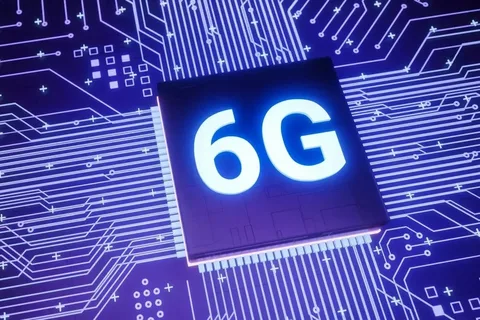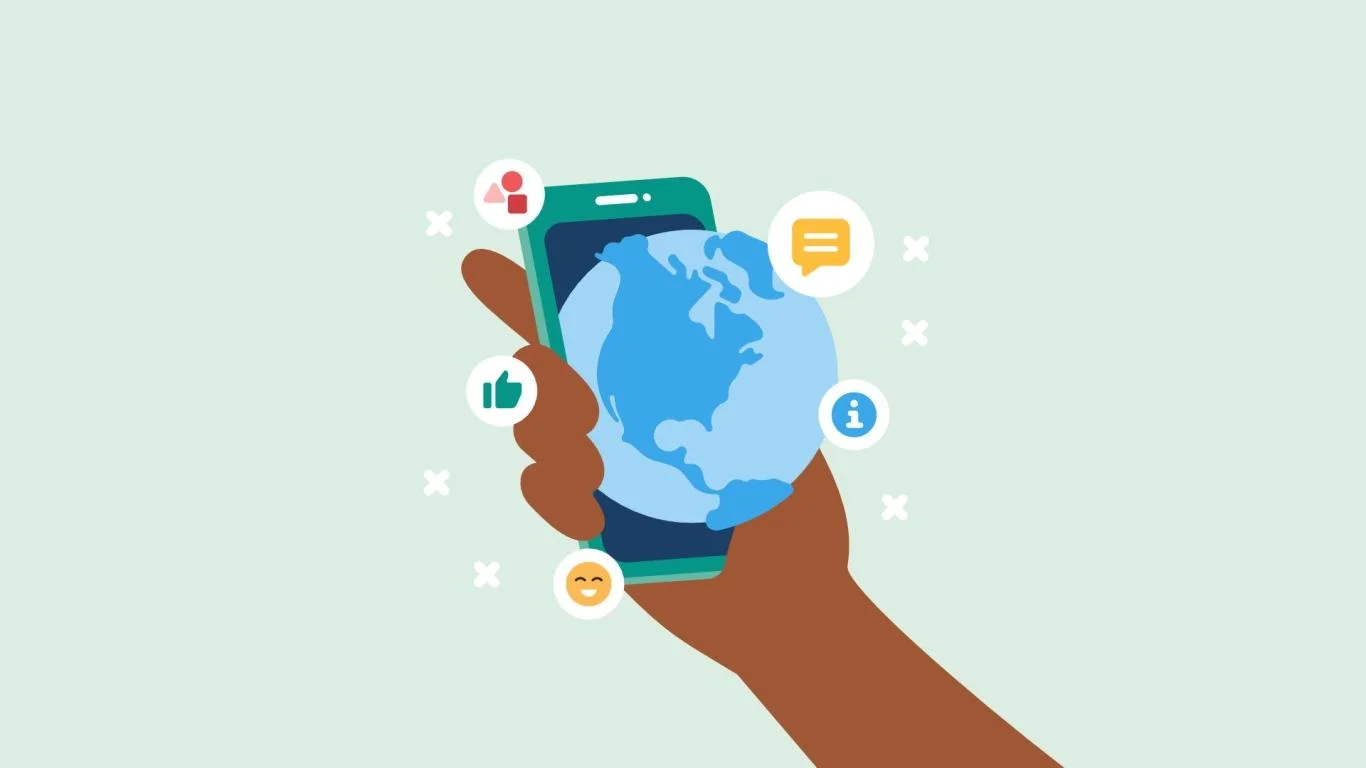
While 5G is being deployed worldwide and transforming industries with super-fast connectivity, the technology community has already set its sights on the next one: 6G. In its infancy, 6G promises to revolutionize digital communication with speeds of up to 100 times 5G, and latency so low that it will be effectively unnoticeable.
The world’s top industries, governments, and research centers are investing heavily in 6G research and testing to unlock its potential. So, what is 6G, and what are they testing today that will give us a glimpse of the future?
6G is the sixth generation wireless technology. While 5G introduced innovations in speed, device connectivity, and low-latency, 6G will take the advancements much deeper. It will not only enable next-generation mobile communications but also propel next-generation technologies like holographic screens, digital twins, autonomous intelligence, remote surgery, and real-time virtual and augmented reality with near-perfect synchronization.
Scheduled to arrive in the period 2030-2035, 6G envisions bringing together the physical, digital, and human worlds as one hyper-connected system. Researchers project that 6G can offer data rates of up to 1 terabit per second (Tbps) and latency of as little as 100 microseconds, making real-time responsiveness on the part of machines as well as humans possible.
Additionally, 6G networks will be expected to inject advanced AI systems directly into the network’s core to handle traffic, security, and personalization in ways that had never been on the table before.
South Korea, China, the US, Japan, and numerous European countries are now leading 6G development. South Korea, for instance, has made its K-Network 2030 plan for the purpose of leading 6G standardization and patenting technology.
China even set up a 6G test satellite in 2020 and has been actively conducting terahertz (THz) wave transmission testing, a key technology enabler of 6G’s projected data rate. The US, meanwhile, has formed the Next G Alliance, which includes tech industry leaders such as Apple, Google, AT&T, and Qualcomm to lead 6G innovation and policy.
The European Union has formed the Hexa-X and Hexa-X II projects, which include the likes of Nokia and Ericsson, to research 6G’s key building blocks such as sustainability, AI-native networks, and spectrum extension.
Most exciting is what researchers are testing out today. One of the most significant fields of testing is terahertz communication—a frequency range between microwaves and infrared light, 100 GHz to 10 THz. This range has the potential to transport data at lightning speeds, but also poses huge technical challenges, including signal weakening with distance and heat dissipation.
Research centers and universities across the globe are experimenting with novel terahertz transceivers, nano-antennas, and intelligent materials to address these issues. Another key field of experimentation is intelligent surfaces, also known as Reconfigurable Intelligent Surfaces (RIS), which are capable of reflecting and enhancing signals dynamically to provide extended coverage and improved efficiency, especially in high-density cities where the signals have a tendency to be blocked by buildings.
Aside from that, AI-native infrastructure and quantum communication are also being integrated into 6G concepts. Quantum technology will enable ultra-secure communication through quantum encryption, and AI will open the door to automating and optimizing network functions in real time. Researchers are testing energy-efficient network hardware so that 6G will increase the carbon footprint of the world’s digital infrastructure not at all. Testing is being done to see how AI can automatically route signals, manage loads, and even detect potential cyberattacks in real time without the need for any human intervention.
One of the most exciting experiments that are being done in the 6G arena is the development of holographic communication. Unlike video calls of today, holographic communication would allow users to interact with three-dimensional representations of people in real time.
This would require massive amounts of information to be transmitted with ultra-low latency—something that only 6G can do. In fact, Nokia and Japan’s NTT DoCoMo have already shown proof-of-concept stage holographic phone calls and virtual meetings that portend a not-so-distant future when far-off communication is almost tangible.
In addition, space-based connectivity is also an active area of 6G research. Low-Earth orbit satellites, high-altitude platforms, and even drones are among those being considered as key elements in extending ultra-high-capacity 6G coverage to remote or under-served regions. Combining ground and satellite infrastructure can offer a global and fault-tolerant network. SpaceX, Huawei, and Samsung are exploring the ways of incorporating satellite communication into the 6G ecosystem.
Conclusion
In short, 6G will not be just a faster internet connection—it will revolutionize the way humans and machines communicate in real time. The experiments and trials underway today, from terahertz transmission and smart surfaces to holographic communication and AI-driven networks, suggest that the pieces of the 6G puzzle are taking shape quickly and quickly.
While commercial deployment remains a few years off, the R&D that is underway today will set the stage for a hyper-connected world that enables hyper-realistic virtual realities, real-time digital twins, and more. As the technology advances, 6G is not only promising better communication, but a redefined future of connectivity, intelligence, and global digital inclusion.




